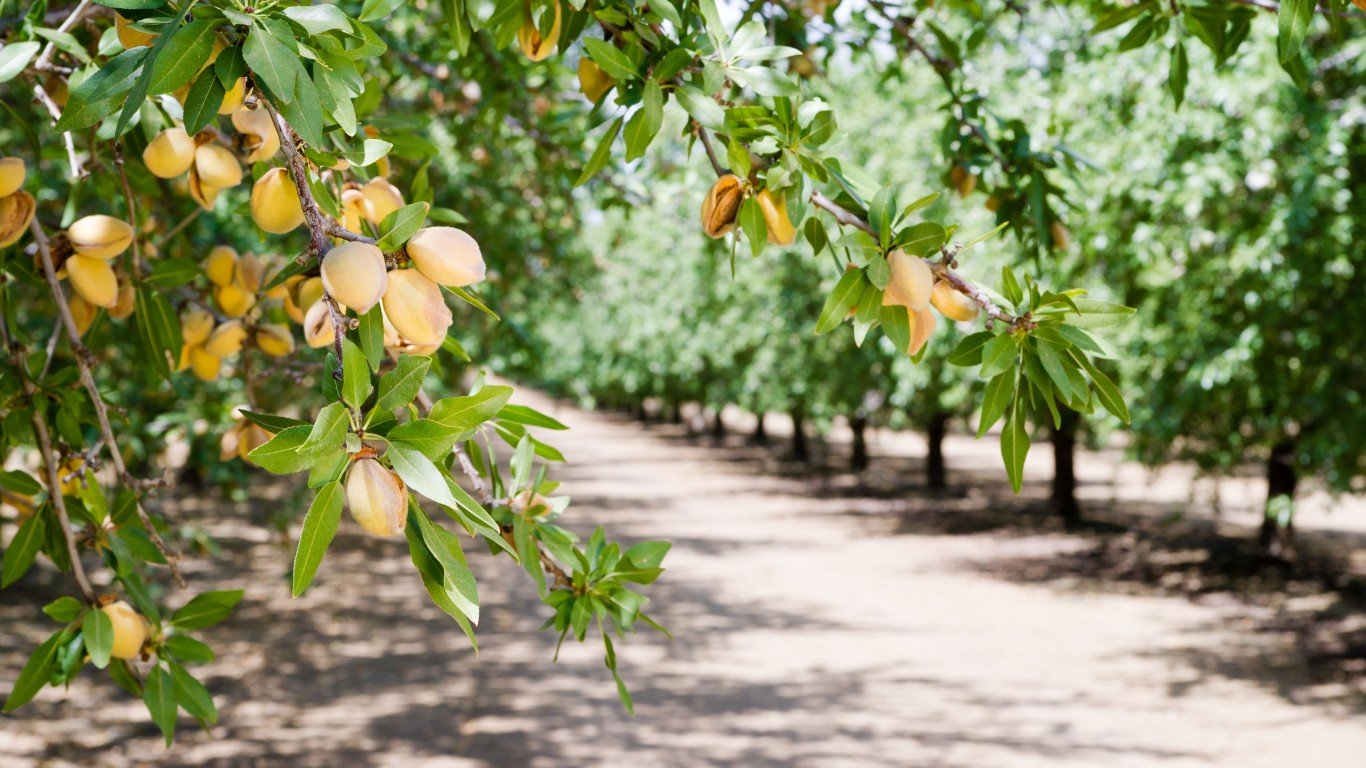
Almonds
> Largest U.S. producer: California
> Largest international producer: U.S.A.
Almond trees require a specific combination of temperature and chill hours during the winter for proper flowering. Changes in climate could disrupt this balance, affecting production. Almond trees rely on honeybee pollination for successful fruit set, and climate change may affect the availability and behavior of bees, potentially impacting pollination rates. Almond trees also require a reliable water supply, particularly during critical growth stages. Climate change can lead to changes in rainfall patterns, increased evapotranspiration rates, and the risk of drought. Insufficient water availability can result in water stress and reduced tree growth, nut size, and yields.
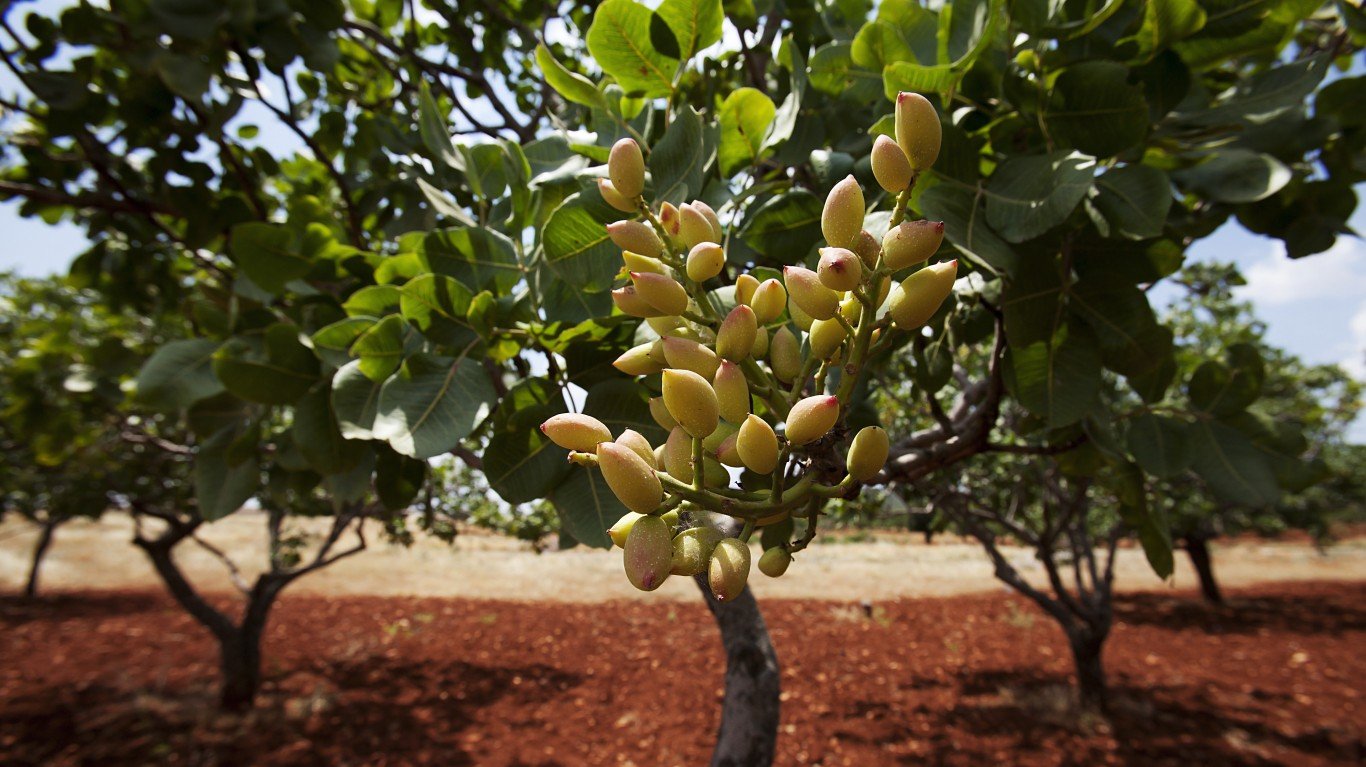
Pistachios
> Largest U.S. producer: California
> Largest international producer: U.S.A.
Pistachio trees thrive in arid regions but require specific chilling hours during the winter for proper flowering and fruit development. Higher temperatures can affect pollen viability, leading to reduced pollination and lower yields. Though the trees are adapted to arid and semi-arid environments, they still require a reliable water supply for optimal growth. Climate change can lead to changes in rainfall patterns, increasing the risk of drought and water stress for pistachio orchards. Warmer temperatures can favor the proliferation of certain pests, such as mites.
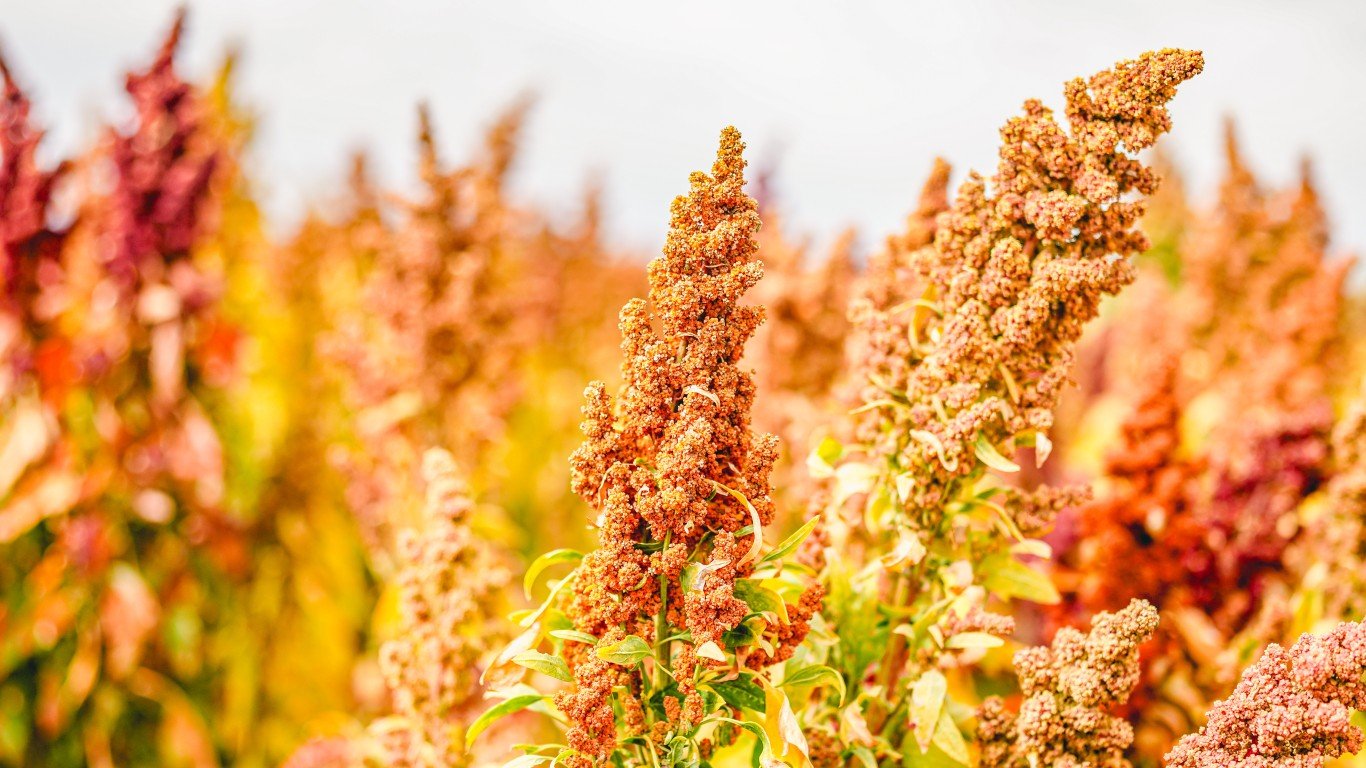
Quinoa
> Largest U.S. producer: Colorado
> Largest international producer: Bolivia
Interestingly, climate change can have both positive and negative implications for quinoa production. Quinoa is naturally adapted to arid and semi-arid conditions, making it relatively resilient to drought compared to other crops. As climate change leads to increased water scarcity and more frequent droughts in certain regions, quinoa’s drought tolerance can be advantageous, allowing it to continue thriving in areas where other crops may struggle. Some traditional quinoa-growing areas may become less suitable due to changes in temperature and rainfall patterns, however, even as new regions with more favorable conditions may emerge. This can create opportunities for expanding quinoa cultivation, but it may also disrupt established farming communities and local economies.
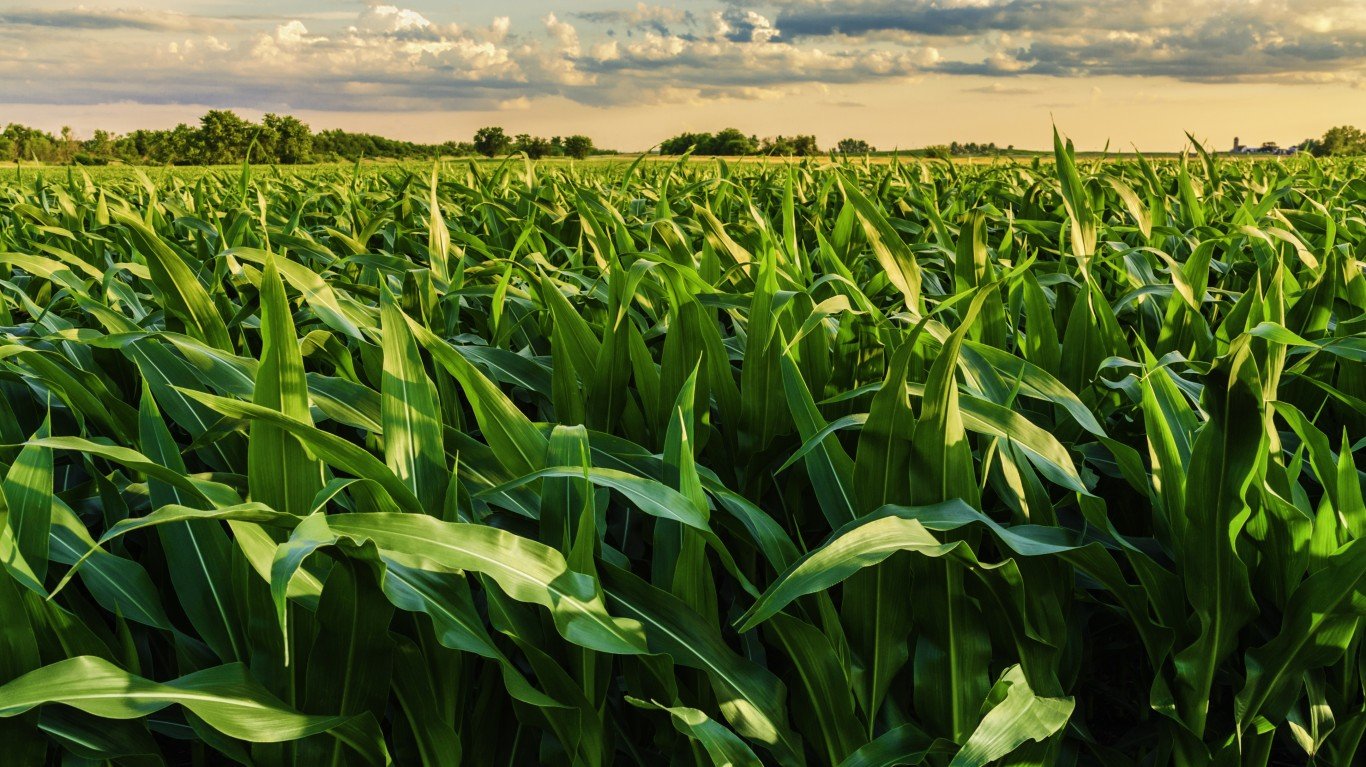
Rice
> Largest U.S. producer: California
> Largest international producer: China
Corn
> Largest U.S. producer: Iowa
> Largest international producer: U.S.A.
Higher temperatures can shorten the duration of the rice-growing season, impacting grain filling and yield. Extreme heat events can lead to heat stress, reduce pollen viability, and result in poor grain quality and yield losses. Droughts can reduce rice yields, while excessive rainfall can lead to flooding, submerging the rice plants and causing damage or even complete loss of the crop.
Rice cultivation in coastal areas is also vulnerable to rising sea levels and saltwater intrusion – which can reduce yields, stunt growth, and in severe cases, render the land unsuitable for rice production.
Extreme heat events during critical growth stages, such as flowering and grain filling, can cause heat stress, negatively affecting pollination and grain development. Insufficient water availability can result in lower yields, smaller ears, and poor grain quality. Elevated levels of atmospheric CO2 can stimulate photosynthesis and enhance plant growth – the so-called CO2 fertilization effect – but some studies suggest that elevated CO2 can increase susceptibility to certain pests and diseases, such as corn borers and fungal pathogens. Under drought conditions, the positive impact of elevated CO2 on corn yield may diminish or be nullified, and while higher CO2 can enhance nitrogen-use efficiency in corn, it can also lead to imbalances in other nutrients, such as phosphorus, potassium, and micronutrients.
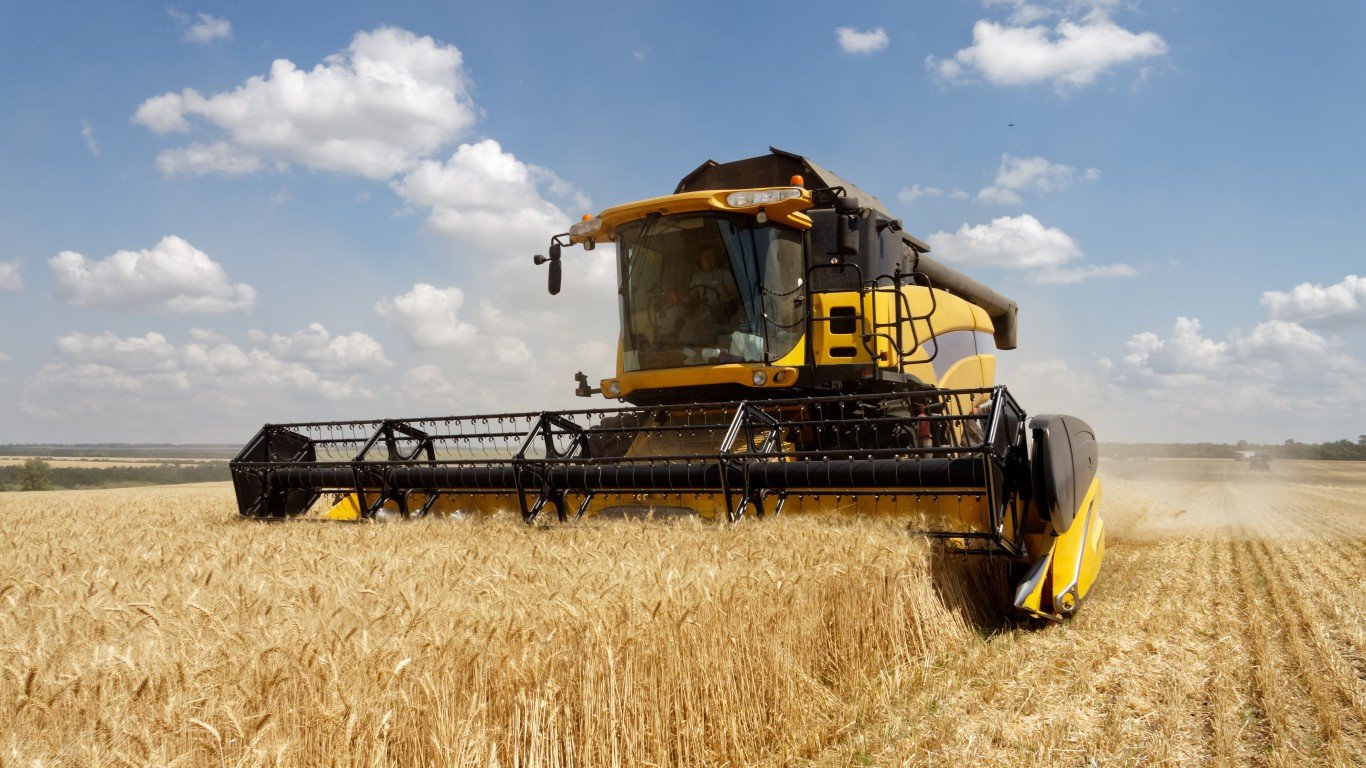
Wheat
> Largest U.S. producer: Wisconsin
> Largest international producer: China
Changes in temperature, water availability, and the prevalence of pests and diseases can affect wheat production, leading to potential food shortages and price increases. Excessive rainfall can cause waterlogging, soil erosion, and increased risk of fungal diseases in wheat crops. On the other hand, decreased rainfall can result in water stress and reduced crop productivity. Warmer temperatures can advance crop phenology, causing shifts in the growing season and potentially affecting crop management practices and the availability of suitable varieties for specific regions.





